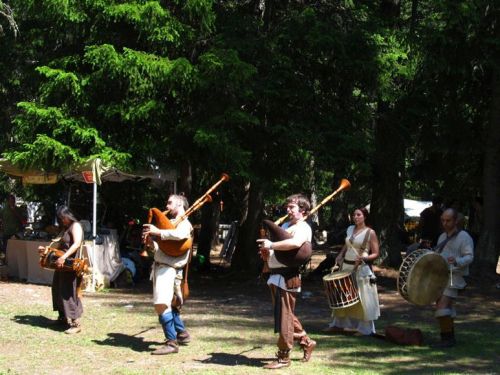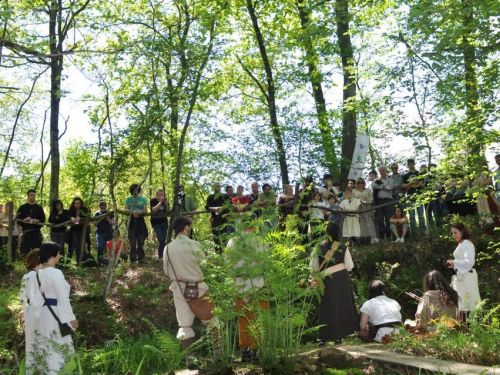“Celtic” Music
The Celts were an Indo-European people widespread in Europe since the Iron Age. They knew the period of maximum expansion in fourth to third century BC, to be then eventually assimilated by the Germans to the north and by the Romans to the south. In some areas (for example in Ireland) their culture survived until the early Middle Ages: some traces and artistic expressions were maintained even after Christianization. Although finds of musical instruments, descriptions and iconographic sources have been found, no one will ever know what music the Celts played: the Bards handed down their compositions only orally.
The term "Celtic music", which has always been the subject of animated discussions, is a modern definition that includes more or less arbitrarily the popular music of the so-called Celtic countries (mainly Ireland, Scotland, Brittany and Galicia). If it definitely makes sense to make a distinction based on the area of origin, it is important to consider the undeniable mutual influences of the various traditions: for historical reasons, Irish and Scottish music have met several times and they share part of the repertoire (we find ballads with the same melody but different texts both in Ireland and Scotland, musical genres born in Ireland have become heritage of the Scottish tradition and vice versa). Breton music has also been influenced by Scotland with the introduction of Scottish bagpipes (called biniou braz) and the creation of bands of drums and bagpipes (bagadou).
Sometimes in the definition of "Celtic music" we also include a contemporary music genre inspired by traditional music but with New Age and World Music influences, made famous (among others) by Enya, Capercaillie and Loreena McKennitt.
If it does not deal directly with the ancient Celts, this music has become particularly popular and is the soundtrack of numerous festivals in which its two souls are well suited: the most cheerful and rhythmic for the moments of celebration and dance, that more reflective and melancholic to accompany spiritual moments and neo-Druidic rituals.
The Celtic revival
The origins of the Celtic revival can be traced back to the so-called Celtic Twilight, a literary movement born in Ireland between the nineteenth and twentieth century, which insisted on the cultural identity of the island as opposed to the English one. During the twentieth century in Ireland there was a strong excitement around the development of literary, linguistic and musical traditions (certainly to reaffirm the cultural autonomy towards England); Irish immigrants then contributed to spread music and tradition in the New World (where merging with other musical traditions gave rise to country and bluegrass music).
Similar phenomena occurred in Scotland, in Brittany (where the desire for independence from France is always very strong) and in Galicia.
Our Celtic repertoire
Our market repertoire regularly incudes jigs, reel, an dro and traditional European music (basically Nordic or Occitan). In the accompaniment repertoire for spiritual moments we usually include classics from the Nordic and Irish tradition, always performed with arrangements more suited to listening and meditation, not to dance, unlike those played for the markets.

